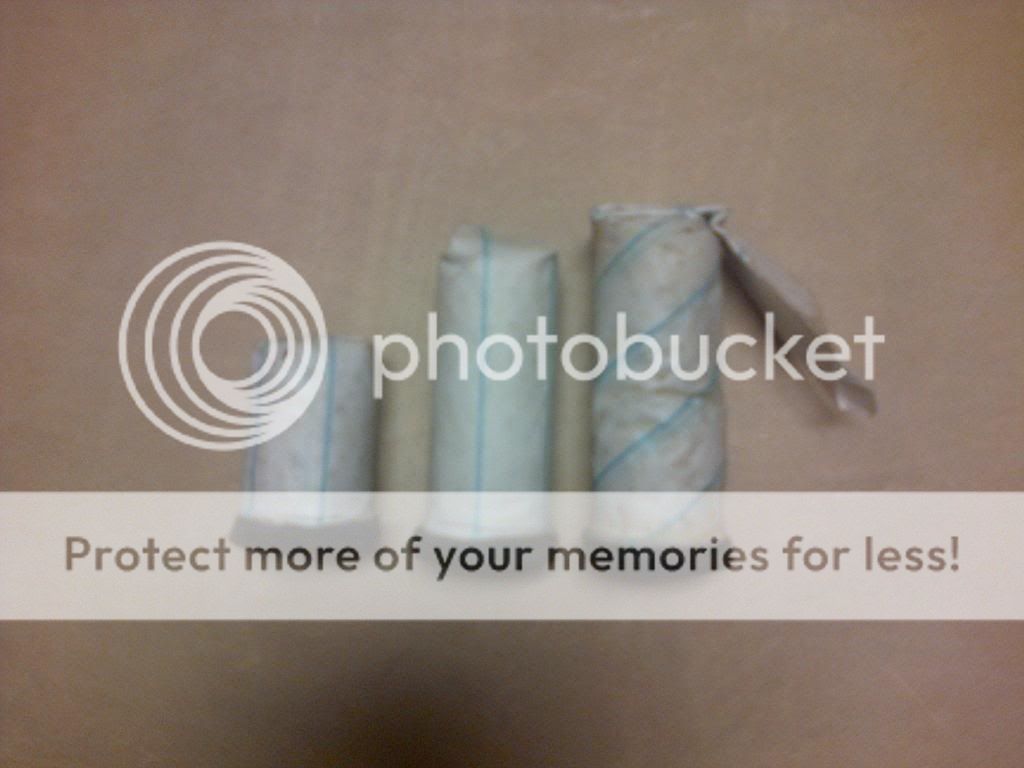Hi everyone,
I just recently joined this forum, although I've visited before as a guest while researching articles. I've learned alot just by reading many of your comments, so thank you for helping me along the way regarding my smoothbores.
I have three at the moment, and I really enjoy shooting them all. I don't have any originals or anything custom made, but I would love to aquire one someday.
In any event, I currently have two Pedersoli SXS shotguns - both in 12 guage- and also one TC .56 smoothbore.
One Pedersoli is a 28" with Mod/full chokes made in 2014 and purchased new. Its a little heavy but i find it does swing well on dove and SCs. The other is a 1985 model with 25" cylinder barrels. I use it for primarily for grouse and rabbit hunting here in western NC. The person that owned it before me, removed the ramrod thimbles and cut the barrel back 3". It came with a 3 piece ramrod. He said the ramrod and thimbles would often would get hung up in brush and such, so he removed them. Not sure about all that but between the two Pedersoli's it definitely handles much better for grouse and quail and it is noticeably lighter.I know...I know...it's not authentic looking etc, but it actually functions well and I got it for a great deal. And it shoots well. I generally use "The skychief load" method in the left barrel which tightens things a bit, while I use VM Stars wad method in the right barrel while grouse and rabbit hunting.
The TC 56 SB is mostly just used for squirrels because honestly I'm not crazy about how it balances (muzzle heavy). It's unique though, in that it's the only Renegade I've ever come across that has a checkered grip and forearm. Very good looking gun, even though it's far from historically accurate. I haven't tried it on deer with RB yet, but I'm anxious to.
In any event, I wanted to introduce myself, and say thanks to all the great information everyone has provided on this forum. Seriously, I've learned alot from this forum.
But,now to the subject...recently I've become very interested learning about the old Eley wire cartridges that were once produced. Ive been able to source most of the components including the copper wire mesh but I havent ordered anything yet. Before I do, I was curious if anyone has ever attempted to recreate the old Eley wire cartridge and if so, how did they perform?
Again, thanks so much to everyone here.
I just recently joined this forum, although I've visited before as a guest while researching articles. I've learned alot just by reading many of your comments, so thank you for helping me along the way regarding my smoothbores.
I have three at the moment, and I really enjoy shooting them all. I don't have any originals or anything custom made, but I would love to aquire one someday.
In any event, I currently have two Pedersoli SXS shotguns - both in 12 guage- and also one TC .56 smoothbore.
One Pedersoli is a 28" with Mod/full chokes made in 2014 and purchased new. Its a little heavy but i find it does swing well on dove and SCs. The other is a 1985 model with 25" cylinder barrels. I use it for primarily for grouse and rabbit hunting here in western NC. The person that owned it before me, removed the ramrod thimbles and cut the barrel back 3". It came with a 3 piece ramrod. He said the ramrod and thimbles would often would get hung up in brush and such, so he removed them. Not sure about all that but between the two Pedersoli's it definitely handles much better for grouse and quail and it is noticeably lighter.I know...I know...it's not authentic looking etc, but it actually functions well and I got it for a great deal. And it shoots well. I generally use "The skychief load" method in the left barrel which tightens things a bit, while I use VM Stars wad method in the right barrel while grouse and rabbit hunting.
The TC 56 SB is mostly just used for squirrels because honestly I'm not crazy about how it balances (muzzle heavy). It's unique though, in that it's the only Renegade I've ever come across that has a checkered grip and forearm. Very good looking gun, even though it's far from historically accurate. I haven't tried it on deer with RB yet, but I'm anxious to.
In any event, I wanted to introduce myself, and say thanks to all the great information everyone has provided on this forum. Seriously, I've learned alot from this forum.
But,now to the subject...recently I've become very interested learning about the old Eley wire cartridges that were once produced. Ive been able to source most of the components including the copper wire mesh but I havent ordered anything yet. Before I do, I was curious if anyone has ever attempted to recreate the old Eley wire cartridge and if so, how did they perform?
Again, thanks so much to everyone here.












